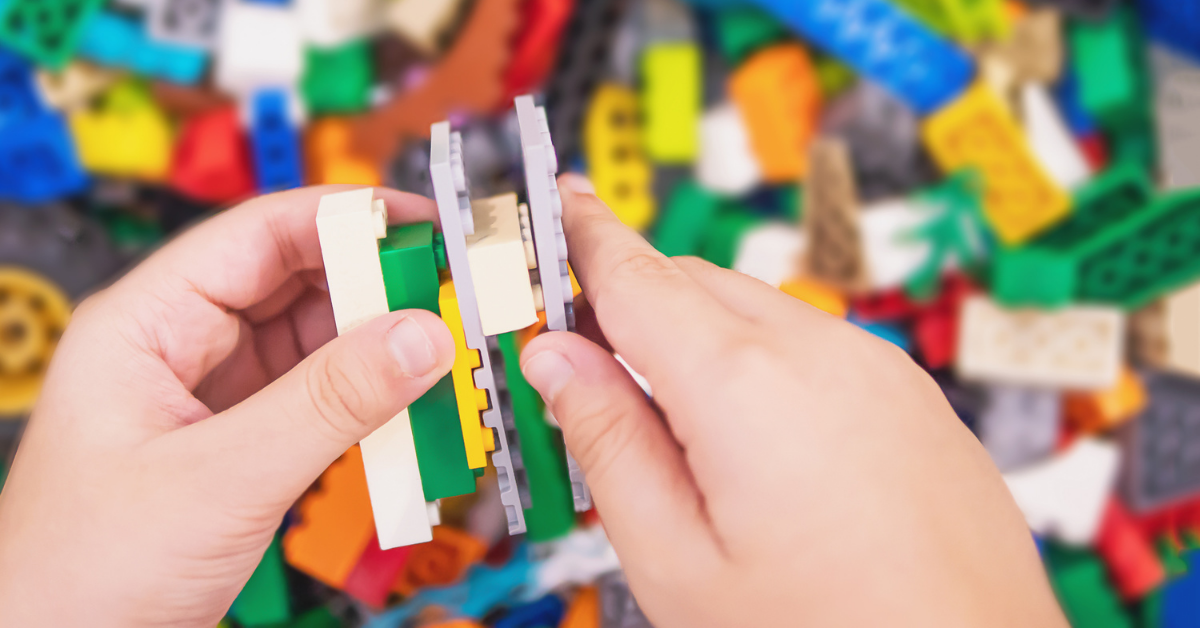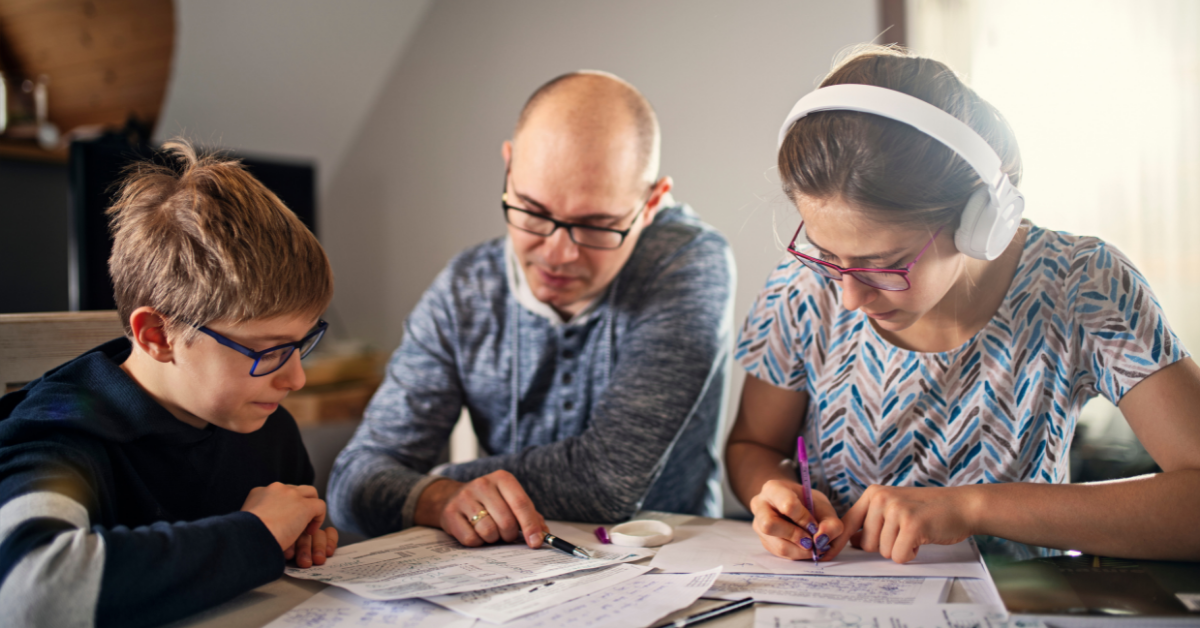We communicate our ideas and values through little, everyday choices like clothes we wear or whether or not we add an emoji to a text. It may seem insignificant in the grand scheme of things, but even the most mundane quirk becomes an important part of who we are and how we connect with others. That’s one of the reasons why it’s so important for parents to help their children find healthy ways to express themselves.
While every child is unique, what they also have in common is a limitless potential to learn, create, and grow. To encourage this, especially in children with learning differences, who may face more obstacles in academic and social settings, there are a few ways to go about identifying what creative outlets best suit their needs.
Finding the Right Learning Style FOR THE RIGHT ACTIVITY AND MAKING IT FUN
There are all kinds of learning styles and it’s likely that your child will find certain styles more useful for certain activities. You may even start to see the connection between a particular learning style and your child's favorite activities. For example, legos, sports, and other recreation activities are great kinesthetic learning opportunities. If your child prefers reading and writing learner, use those opportunities to introduce new concepts or find new books to read together.
A child's propensity for a certain style of learning may be part of what determines the creative outlets they may seek when they’re feeling overwhelmed. Whether it’s visual, auditory, reading/writing, or kinesthetic, each learning style, or a combination of these, may determine whether a child will be more fulfilled by arts and crafts or sports or musical expression.
The key thing to keep in mind is that your child has to enjoy the activities that they're doing. You can't force a child to express themselves through an activity that they don't like. By building up their comfortability in the learning styles that they excel at, you’ll not only be encouraging them to seek out healthy outlets of self-expression, but also bolstering their learning so they can feel more confident in academic settings.
If you're still not sure how to address your child's hobbies, you can always ask what they want to do. Then, you can try different activities based on their suggestions. You may not get it right the first time, but you'll have a lot of fun figuring it out. Think about this as a way to get to know your child on a deeper level. As you learn more about the way they learn, you're growing closer to learning who they are as a person.

Practicing Executive Functioning for Self-Expression
Another way to help your child express themselves is through executive functioning. Promoting executive functioning includes improving memory, thinking flexibly, and practicing self-control. These things aren't directly related to self-expression. However, they do help children of all abilities better understand the world around them. Thus, it can help promote independence and self-expression.
The most important thing you can do is keep a consistent schedule. Routine can help children cope with problems that they may be having. Plus, it makes it easier to focus on the things that they need to get done. Having set times dedicated to work and play gives your child the opportunity to keep their focus on the tasks at hand, whether that be their schoolwork or their playtime.
More than that, social-emotional learning helps children understand how the emotional and social world around them works. Specifically, it helps them navigate these integral parts of life:
- How to develop an individual identity apart from others
- How to manage their emotions
- How to set and meet their own goals
- How to feel and show empathy for others
- How to make and keep healthy relationships How to make responsible decisions
- How to care for others
If you're trying to incorporate these lessons into day-to-day life, there are plenty of ways for you to choose from. Since social-emotional learning involves understanding and tapping into emotions, your child needs to start with understanding their own emotions.
To support their emotional and social learning, your child should get involved with activities like journaling and drawing. Reading stories can also teach them how to process emotions.

Supporting Your Child Through Different Ways of Learning
The best thing that you can do for your child—regardless of if they have a learning difference—is to support them. You can build up your child’s confidence by working with them on identifying the ways they learn and strengthening their study skills. By promoting the use of executive functioning at home, you can set your child up for success when they’re met with challenges. Combining these strategies while supporting your child emotionally helps guide them to a place where they can confidently and comfortably express their feelings in a way that’s conducive.
About Eagle Hill School
Eagle Hill School is a private school for students with learning differences located in Greenwich, Connecticut. Their academic program is designed to help students struggling with learning differences like auditory processing disorder, dyscalculia, dyslexia, ADHD, executive functioning disorder, and dysgraphia. Specialized remedial learning programs are taught by experienced teachers who help students navigate through learning challenges, preparing them for bright futures ahead. Contact us to learn more.


